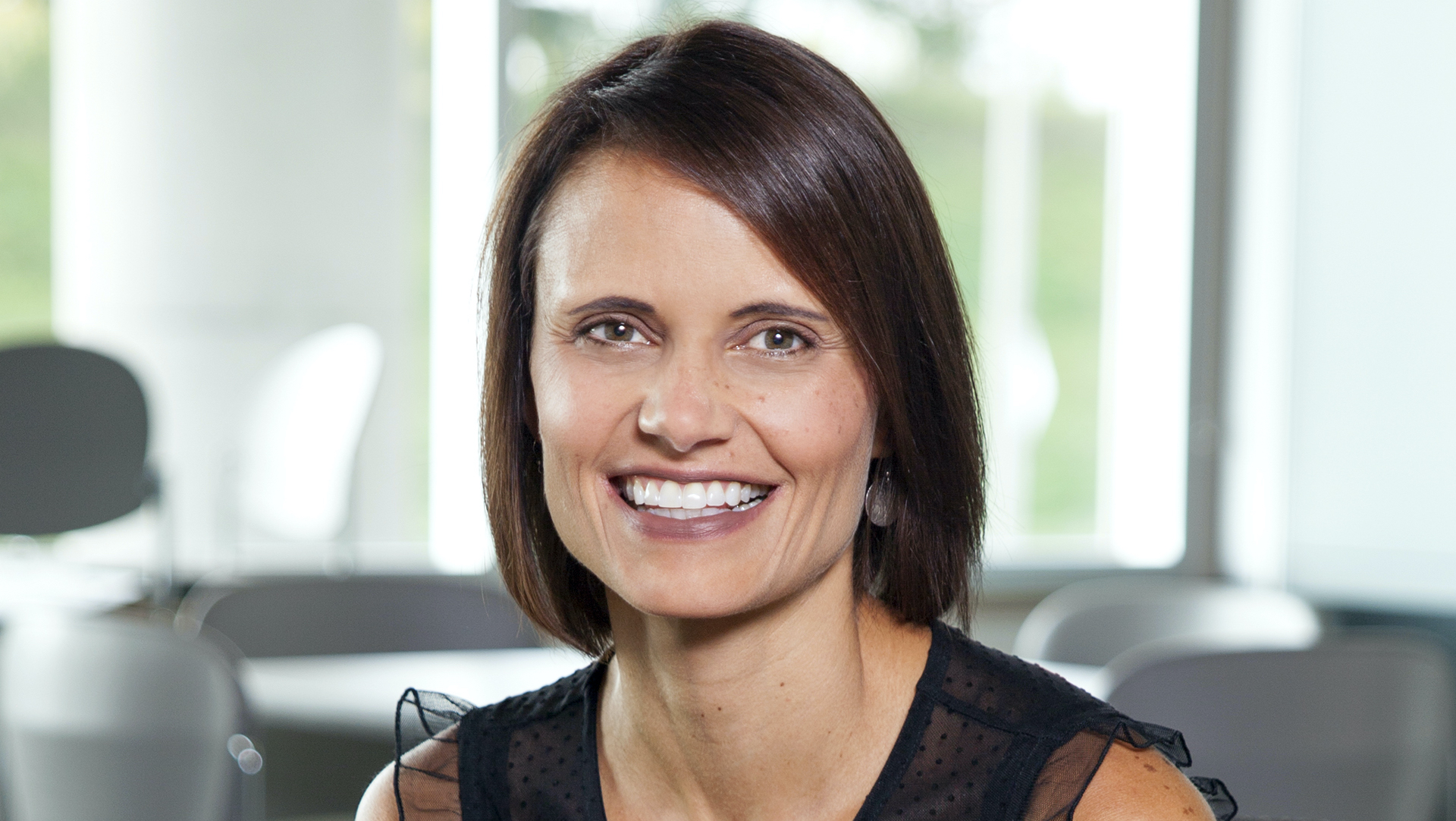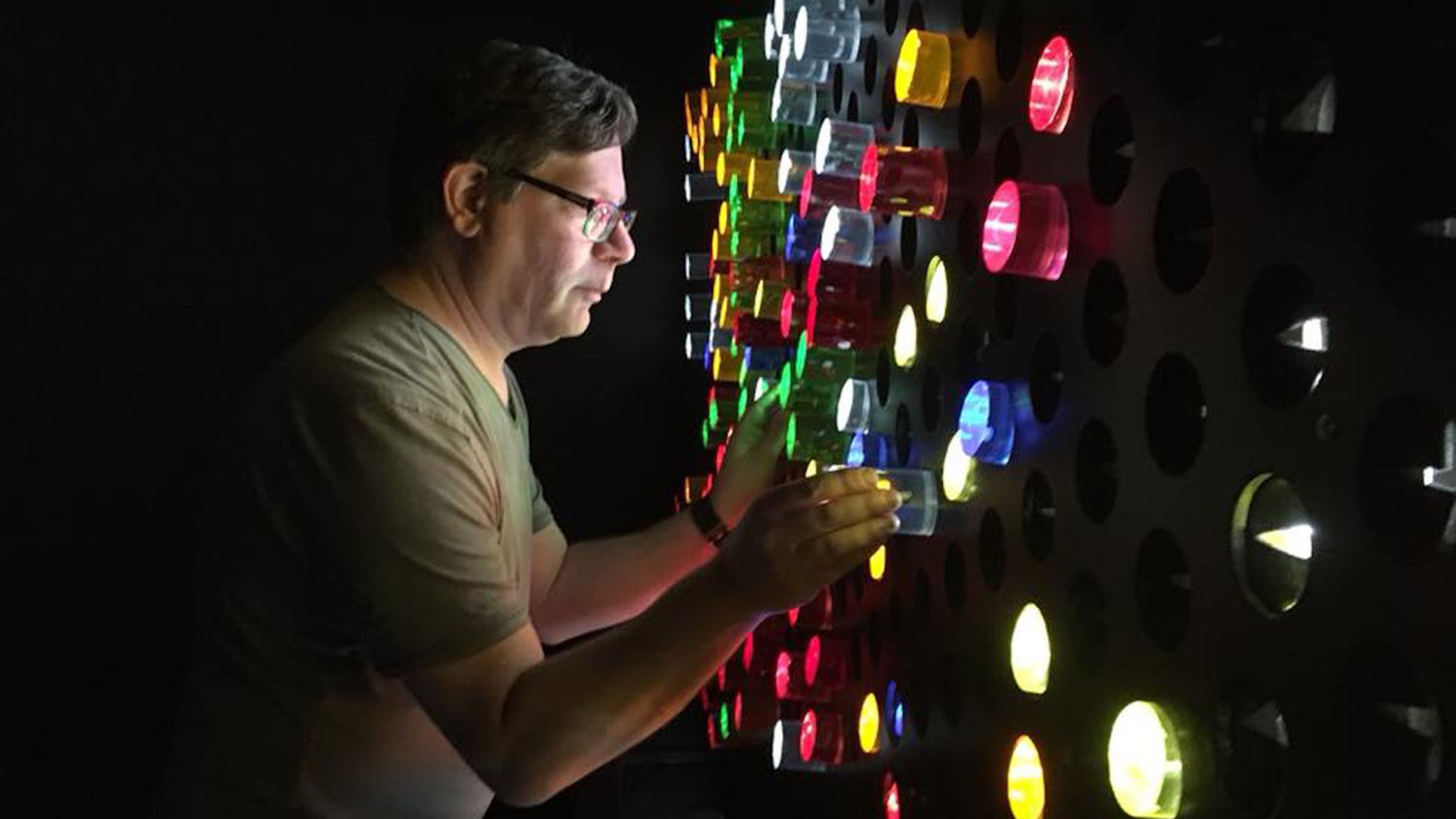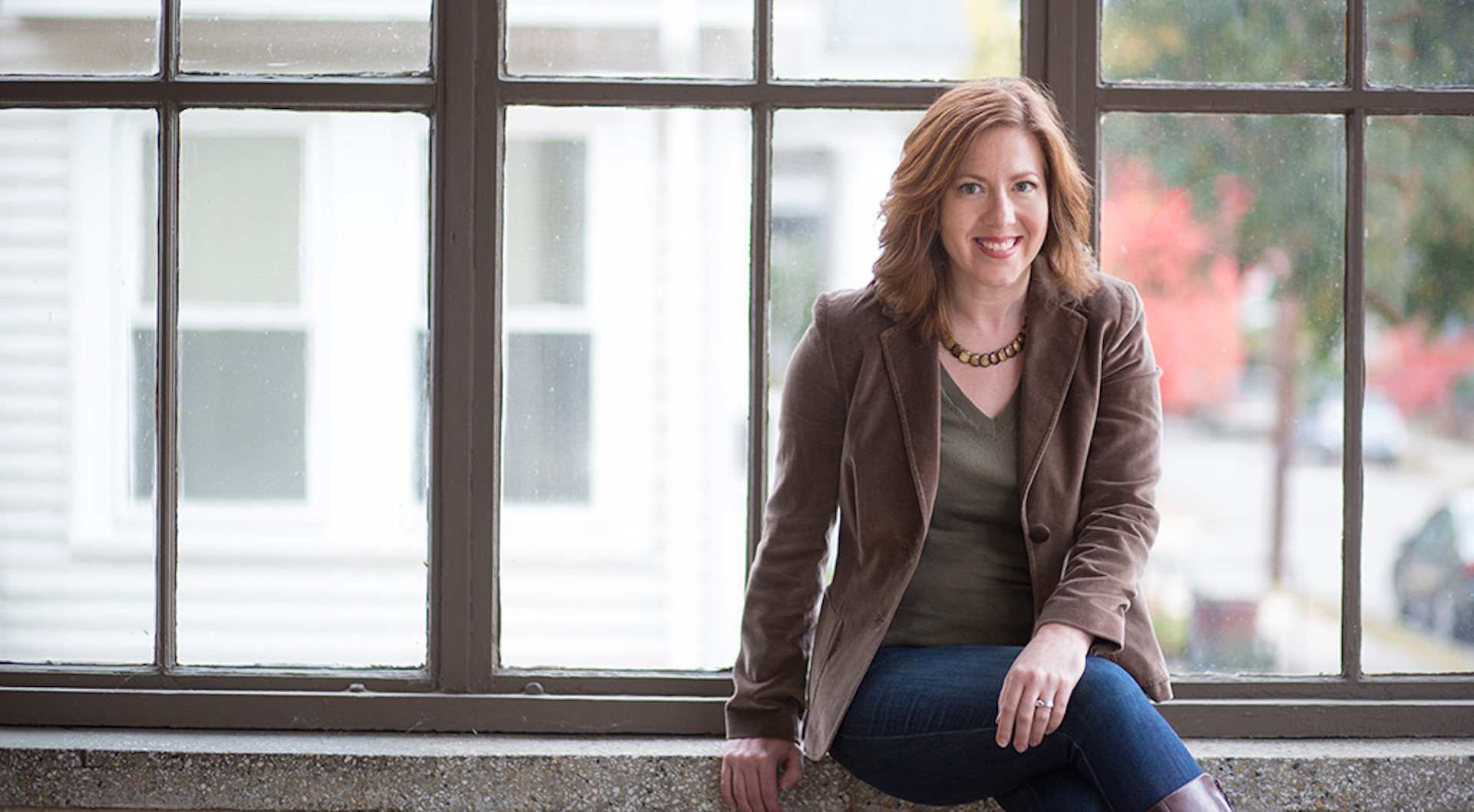UX designers and researchers have always been highly-collaborative folks. But when the pandemic meant most of their work shifted from in-person to online, user experience designers and researchers had to flex their collaboration muscles even more.
That was the case with Kitchener-based software company Emmetros, which has developed a tool to engage people in home care, their relatives and their care teams and had to find new ways to collect feedback in a remote world and with clients who were already dealing with the crisis of the pandemic. Emmetros is also developing a surgical care tool and had to find new ways to do exploratory research with surgeons across Canada and the U.S. via Zoom.
As part of our ongoing series about how UX researchers and designers are adapting their work to a remote world, Zeitspace’s Kelly Pedro talked to Jennifer Krul, the director of UX at Emmetros, about how the software company’s UX team has adapted to the challenge.
Can you tell me a little bit about how the pandemic has changed the way you’ve approached your work?
I have a really small team. Previous to COVID, we were all in the same location in Waterloo. Because we were so small, we were able to flip over to remote without a whole lot of bureaucracy. We had already been using tools like Slack and so on, so that communication channel was already well‑established in our organization, which was great. Amongst the UX designers, we started to use that a lot more often because we couldn’t just poke each other.
(The pandemic) did affect a few things for us in terms of our UX team dynamics. Our little team runs the full gamut, from research all the way through to visual design information architecture. So one of the things we did within a few months, we really looked at our tooling because previous to COVID we could pretty easily just look at what each other was working on and say, ‘Hey, can you just take a look at this and let me know what you think?’ When we flipped over to remote, we really found we needed some better co‑editing tools. We ended up choosing Adobe XD for the collaboration aspect of the tools and that’s worked out pretty well for us.
That’s how we actually started collecting feedback from our development teams and so on using the web views available in XD and the commenting capabilities. We used to do a lot more workshopping with the development team where we put things up in a boardroom and everybody would walk around, they would put stickies on and make comments. And obviously that kind of physical in‑person stuff wasn’t feasible. so we started using the commenting tools a lot more in XD. That’s worked out fairly well.
On the actual collaboration piece with the development team and workshopping, that also took us awhile to flip the switch on that because at first we kind of thought, ‘Oh yeah, we’ll be back in the office in three weeks’ and then six months went by and we’re like, ‘Okay we really need to figure this out.’ So we started putting better processes in place for collecting feedback remotely and we started using Mural whiteboards for that sort of thing. Tools like Mural were pretty great because I could put whole design art boards in there, and we could comment on things and people can be in there at the same time.
I would say also that in terms of collaborating with the rest of the team, both on the product side and on the marketing and sales side, we really had to up the communication in terms of making sure that well ahead of a release, we were showcasing some of the things that we were working on, giving people an opportunity to provide feedback. So the cross-team collaboration became a little bit more formalized. We had regular touch-ins with the whole team on what we were working on and directions we were thinking about and upcoming design things.
We also started doing little polls in Slack with the teams to collect feedback on smaller design things from a few folks we thought would provide good feedback. So even things like icons, ‘Hey, option A, B or C?’ And that would just all be done through Slack where previously you would walk it around to a handful of people and say, ‘Hey, which do you like?’
On the research side, that was really interesting for us. We have two market segments that we work with and one is home care providers. So we created a patient engagement tool. It allows folks to provide insights and collaborate on care, kind of like staff around a water cooler except that you can also invite family members in and also have the patient or the client involved. So where this is really great is that if you’re a home care provider, first of all, the organization can provide you with information about that client. But then also family members can provide some insight like, ‘Hey, dad really likes things done this way. These are some activities you might try,’ that sort of thing.
So in home care, previous to COVID, we would do a lot more in-person visits with home care providers and personal support workers to figure out what their needs were, and also collect feedback from them on some of the things that we’re working on. Now COVID of course is hitting home care and other healthcare providers very hard. So we were kind of fighting with two problems. One was time. So suddenly folks that we were used to talking to had no time because they were really struggling with retention and managing all the new COVID protocols. So we really had to take a step back and give folks the time they needed to manage crisis level stuff. And then the second thing was with COVID protocols, we weren’t able to get anywhere near our healthcare providers. So that really threw a monkey wrench into things and truthfully still does to some extent.
We also do some residential care, which again, as you can imagine, I mean, it was just all hands on deck, figuring out how to manage COVID. So we did take a little hiatus from reaching out because it wasn’t fair to be like, ‘Hey, could you talk to us about this feature we’re working on?’
So what we started doing was our customer success team has regular touch-ins with clients and we would piggyback on that a little bit. We were very judicious about the feedback we wanted to collect from folks or the type of information we wanted to collect from folks. So 15 minutes at the end of a customer call, we will collect the information. Then we weren’t tapping them for something additional. So if we were looking to collect feedback on a feature, we would create very pointed little visuals to show folks and it was all just very easy. And in fact, it was so easy we put instructions together so the customer experience folks could do it themselves if they had some time with people.
The second market segment we have is surgical care. That’s a newer market for us. So what’s interesting is that we did all of our exploratory research for that market during COVID. All of our research was done remotely. Again, surgical care, same kind of thing, we’re dealing with healthcare providers. I did one site visit to do an observation and just sit with their staff. That had to be carefully coordinated and COVID testing and all that business.
But all of our initial exploratory stuff for surgical care has been done remotely. I’ve been speaking with surgeons all over the U.S. and Canada by Zoom and that’s actually worked out really well. And truthfully, it’s probably easier to get a hold of these folks via Zoom than it would be in person, because they’re so busy. Zoom is nothing to them now because they’ve been doing remote visits and patient care visits and stuff remotely. That’s worked out really well because it’s a lot less overhead for them than to coordinate an actual in‑person visit with us.
We worked with (Kitchener-based) Intellijoint — they already have established relationships with surgeons in the U.S. They set us up to be able to talk to these folks and then we set up the Zooms and all of that.
Things will get a little bit more interesting once we actually have products in play for patient engagement because then we’re going to need to get a sense for how folks are using the tool in practice, which will probably involve more site visits.
Have you found anything else that’s been helpful when you’re doing that? One of the questions that seems to come up at uxWaterloo a lot whenever there is a researcher presenting is how to do remote research effectively. How have you managed to do that and what have you found helpful with respect to that?
Zoom has worked well for the nature of the stuff that I work on. When I’m meeting with a surgeon it actually works really well. I just did a workshop with one of our customers and it was remote. We used a Mural board and we worked on that Mural board together. I wanted to show her some things and collect her feedback on it.
One thing that will be up and coming for us is we’re getting much more into content management. We will need to look at collecting more content architecture-related feedback. So I’m looking at some tools to do that with our customers or folks from some of our customer’s sites and potentially patients as well. That’s an area that has been much more challenging — collecting feedback from patients themselves and clients in COVID time, because sometimes it doesn’t work that well, but we do our best to accommodate.
Do you have a plan for when you might be going back to the office?
We do have an office space, but it’s a small number of desks and we have no plans to do anything more than that right now. I think we’re just going to stay with the practices and the tooling that we’ve been investing in over the last 20 months even to the point where we’re really playing with some different ideas on workshopping to be able to support remote. So sometimes we meet to do an in‑office workshop, but there’s always at least one or two people that aren’t there and we really are committed to making that experience better for those remote folks.
So previous to COVID, if you were at home your experience was kind of crap if I’m being honest because you were maybe on a conference call, you maybe were on Zoom, but you only saw the meeting organizer. We’re really trying to say, ‘Okay, even if we’re in the office and we’re in a meeting room, you all have your laptops open and everyone can see everybody’s face.’ We’re not using the whiteboard in the room because there’s glares and people can’t see. So we’re trying to think about our own user experience, I guess, for people who are actually contributing in remote ways.
Is there anything you wish you knew now that you didn’t when the pandemic began?
It probably would have been good to know that we wouldn’t be back in the office because then I think it would have accelerated thinking about more permanent approaches to things. It was a learning curve for all of us and we adapted fairly quickly to the changes, but I think it would’ve been nice to think, ‘Okay, well, we’re not going to be back to in-person workshops in three months so we really need to figure it out instead of letting it drag on.’
This interview had been edited for length and clarity.





